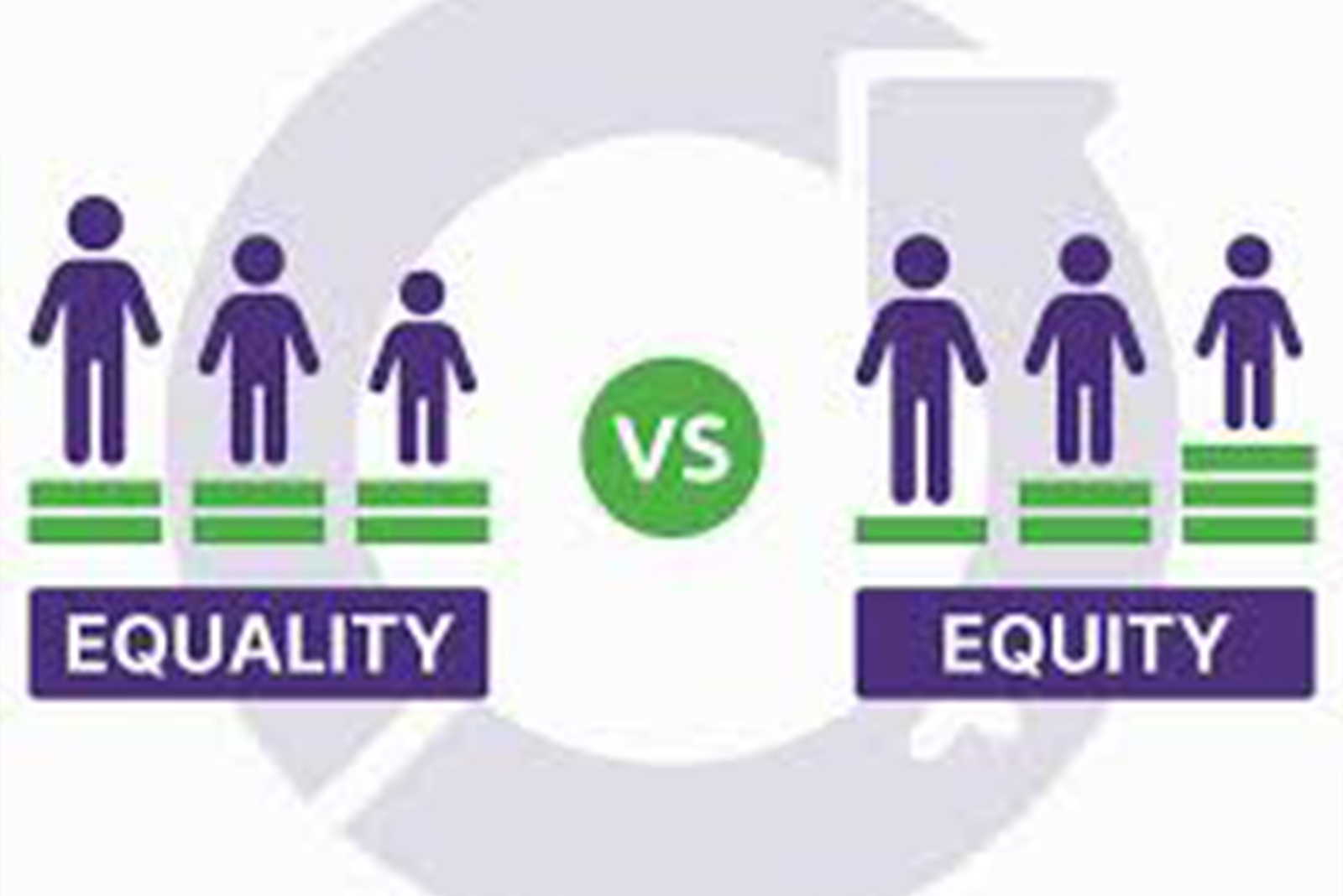SMART Model as a Tool:
The KRBU School of MIND gender equality Kiswahili reading priorities align with early grade reading, knowledge articulation and re-tooling focused on championing the SMART Model.
disciplined re-tooling of the talented.
This requires diverse competitions in multiple languages, libraries and for the
talented to use the expectations to their own creative advantage that demonstrates
one way in which to exercise creativity within the SMART Model. That is to say this
is an advocate of adding-value to Swahili and English for the language to be perfect
and creativity to be an ambiguous requirement of style, desirability and fostering
opportunity.
Responding to this demand, however, is the only part of the broad participation in
all linguistic projects – from over-arching to production of knowledge or vocabulary
created. In East Africa the need for the SMART Model is urgent, because of the
need to encourage aspiring creative educators, vocabulary knowledge articulators,
critical thinkers, creativity judgment observers, writers, the talented scientists and
mindset poets. Amidst all the suggested techniques, the language of all East African
people and creativity inspiration empowerment is wrestled with the question of
linguistic roots and durability. In the course of the development of a language and
dissemination o knowledge, the SMART Model’s desire is to build-up a
transformative form of creativity, knowledge acquisition and innovation.
This is the competitive strategy deployed in the most effective way when it comes
to shaping the reading habits, vocabulary knowledge, and re-tooling in Swahili
multipart-series such as “Mama wa Africa na Nyumba Yake” (The African Mother
and Her Home’) “Mali ya Waafrica ni Nini?).
What Is the Wealth of Africans?, and “Ujiongezee Maarifa” (“Increase Your
Knowledge”) or “Habari za Bendera itwoyo Union Jack” (“The History of the Flag
Called the Union Jack”), the “Lungha ya Watu Wote Afrika Mashariki” (“The
Language of All East African People”).
The KRBU School of MIND emphasis now is on the idea of fulfilling the demands of
early-grade articulators, readers, writers, public-speakers, librarians and engaging
learners in multiple languages which seek an outlet SMART Model. Its process is for
providing answers to the foregoing questions by illustrating the centrality of
language as a medium of creating, transmitting and disseminating knowledge with
specific reference to English and Kiswahili in schools and knowledge institutions.



